
Get news, updates, & event Info delivered right to your inbox:
7 Boreal Forest Facts
The boreal forest, commonly referred to using the Russian name “taiga,” which means “coniferous forests”, is the world’s largest land biome. Boreal forests are defined as forests that grow in high altitudes and experience freezing temperatures for 6-8 months out of the year. Because boreal forests have adapted to thriving in cool temperatures, coniferous trees such as spruce and fir trees are the most common tree species found in boreal forests. Spanning across Canada, Norway, China, Finland, Russia, Sweden, Japan, and the United States, the boreal ecozone is an important component in carbon sequestration, water purification, and climate regulation.
Learn more fun facts about boreal forests below!
7 Fun Facts About the Boreal Forest:
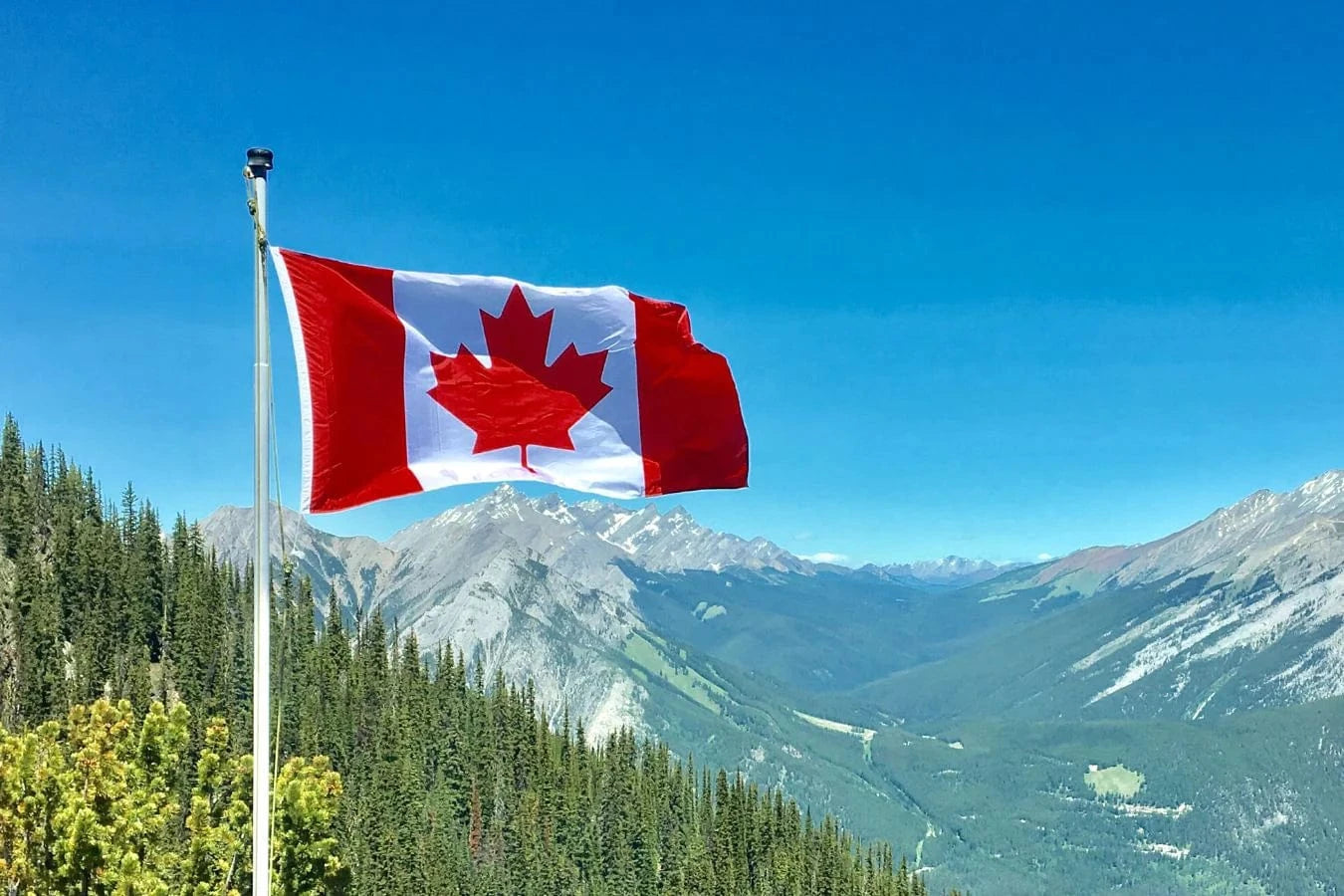
1. The Largest Boreal Forest is in Canada
Canada’s boreal forest is considered the world’s largest intact forest ecosystem and spans 1.2 billion acres (485 million hectares). Indigenous communities, ancient trees, and endangered wildlife still live in the Canadian boreal forest today.
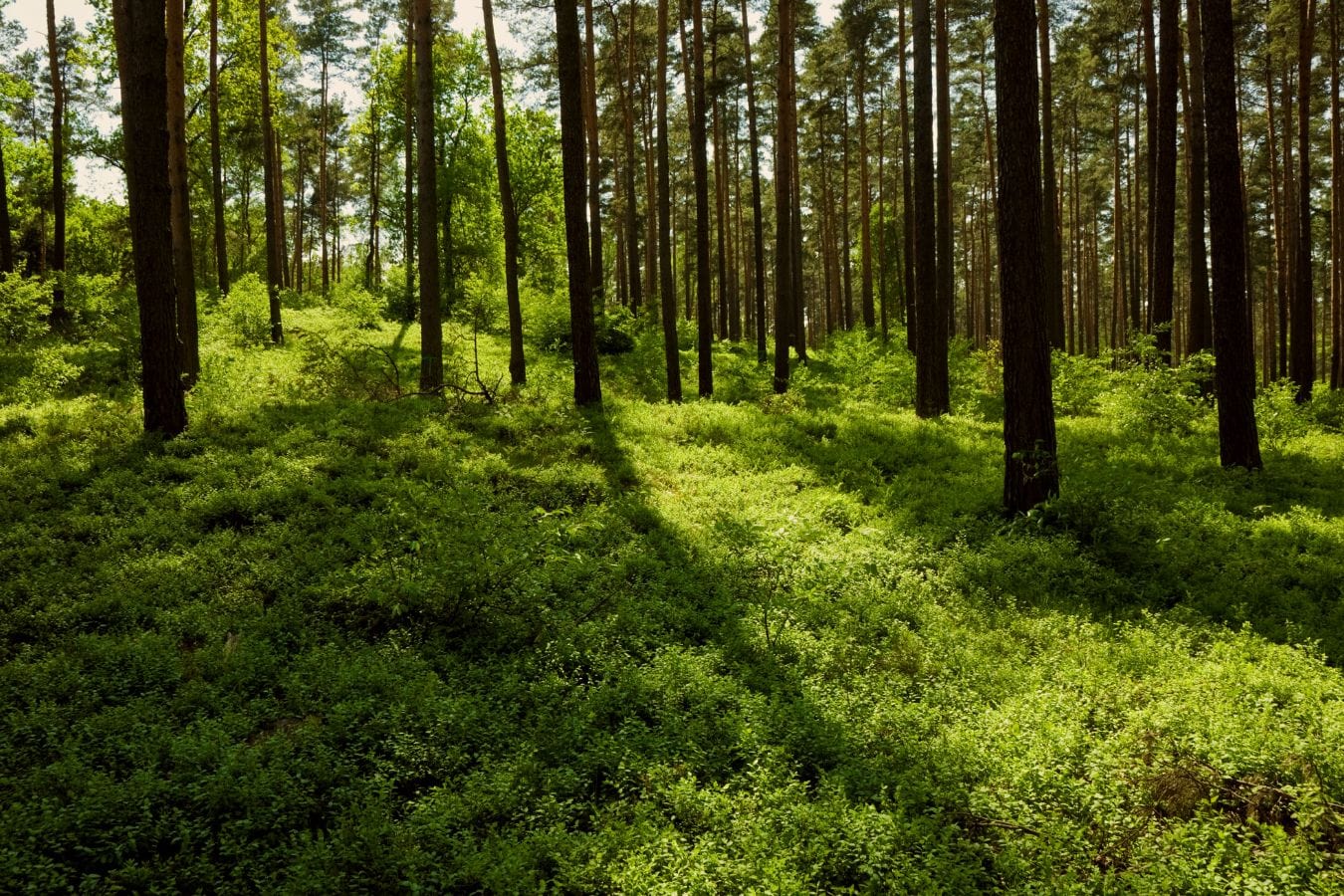
2. Boreal Forests Store Massive Amounts of Carbon
Boreal forests make up 30 percent of the world's forests, and around 30-40 percent of the earth’s land-based carbon is stored in boreal forests, which makes them critical to protect in the fight against climate change.
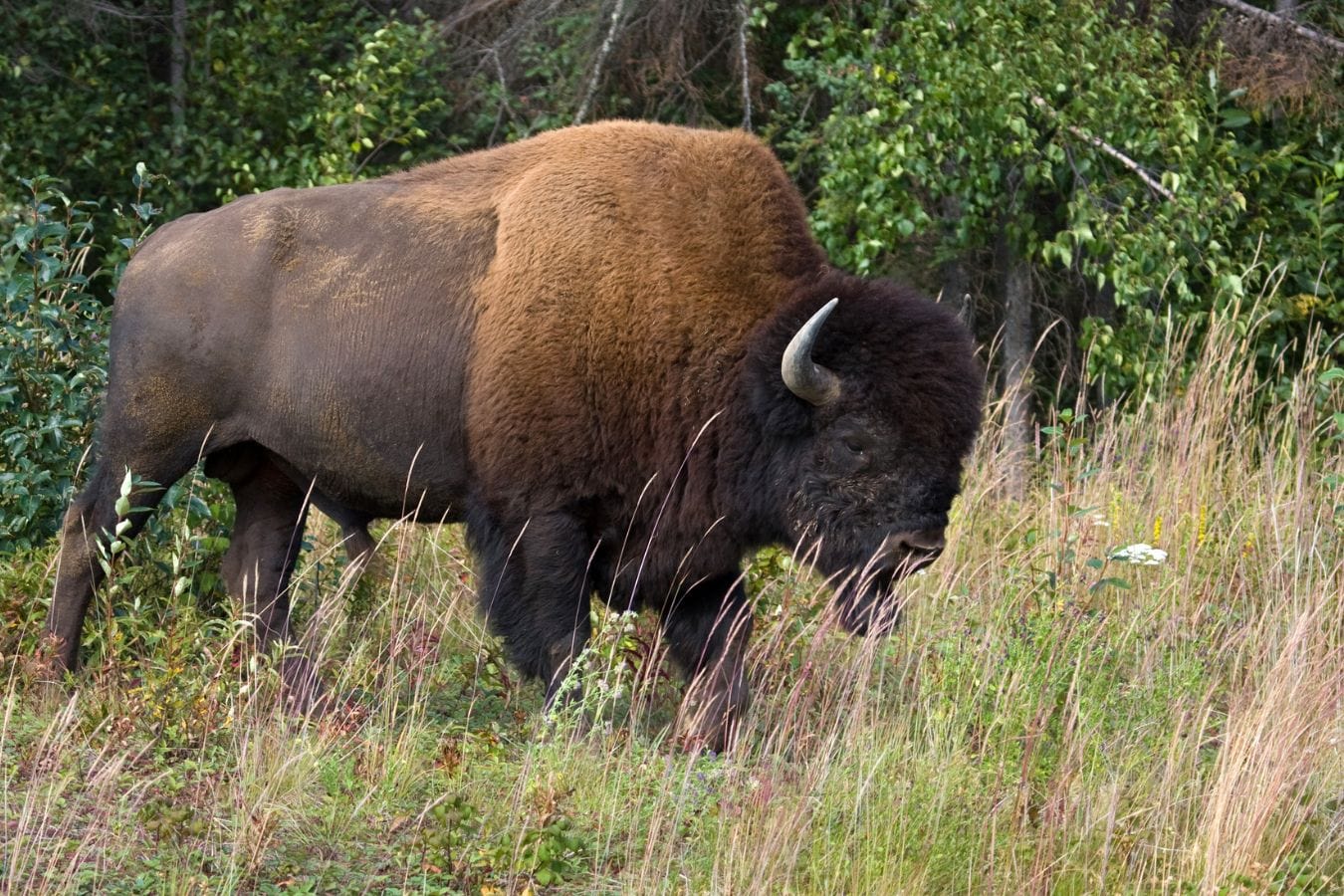
3. The Wood Bison Calls it Home
The boreal forest is a habitat for the wood bison, which is North America’s largest land mammal. Adult male wood bison can measure up to 6 feet tall, 10 feet long and weigh over 2,000 pounds!

4. The Term “Boreal” Comes from a Greek God
The boreal forest was named after the greek god Boreas, who was believed to be a purple-winged god of the North wind in greek mythology. Boreas was also the god of winter, and it was believed that he could chill the air with his icy breath.
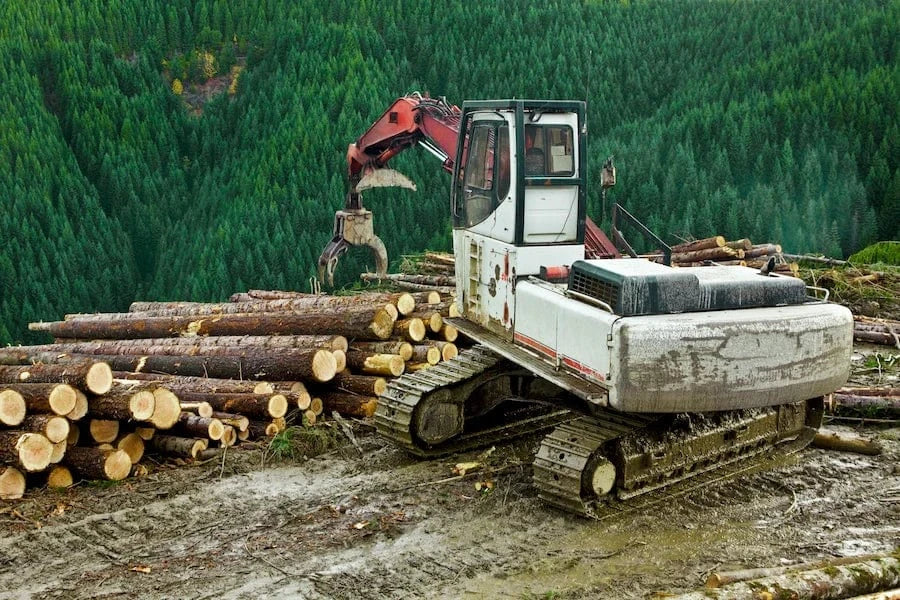
5. Logging is the Largest Threat to Boreal Forests
Approximately 1 million acres of forest are clearcut in the Canadian boreal forest alone each year. Most logging goes towards making paper products such as toilet paper and facial tissues. This is why it’s important to ensure that any paper or wood products you purchase are sustainably-sourced.
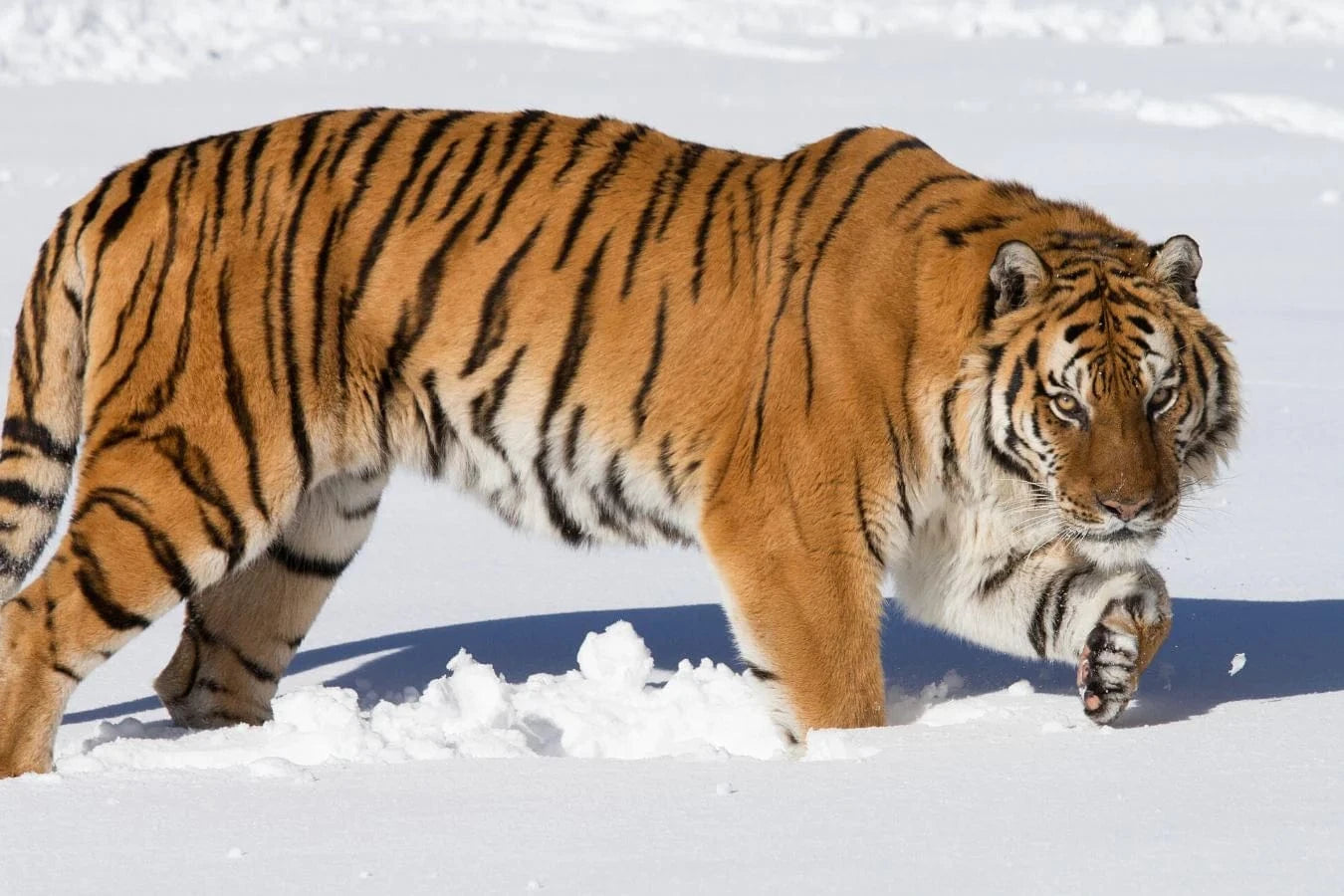
7. Many Endangered Species Live in the Boreal Forests
As mentioned before, the primary threat to boreal forests is logging, which has led to many species becoming endangered. Endangered species that rely on the boreal forests as their habitat include the grizzly bear, woodland caribou, wolverine and Siberian tiger.

8. Boreal Forests Experience Very Low Precipitation
Boreal forests usually experience very little precipitation, and when it does rain or snow, the cool temperatures often slow evaporation. This is why it’s very common to find swamps, bogs, lakes, and rivers within boreal forests. Canada’s boreal forest contains more surface freshwater than anywhere else in the world!
Want to help us restore boreal forests across the world to ensure a greener future? Support reforestation today!
Get news, updates, & event Info delivered right to your inbox:
Related Posts
9 Sustainable New Years Resolutions
18/12/2025 by Meaghan Weeden
Inspirational Quotes About Trees
16/12/2025 by Meaghan Weeden
The 9 Oldest, Tallest, and Biggest Trees in the World
11/12/2025 by One Tree Planted
Popular On One Tree Planted
Inspirational Quotes About Trees
16/12/2025 by Meaghan Weeden
The 9 Oldest, Tallest, and Biggest Trees in the World
11/12/2025 by One Tree Planted
What Causes Deforestation?
10/07/2025 by Meaghan Weeden
Fundraising Disclosures

Be Part of the
Restoration Movement
The Grove is more than just a monthly giving program: it's a vibrant community of individuals who are dedicated to reforestation and environmental restoration on a global scale.
As a member of The Grove, you affirm your commitment to restoring forests, nurturing biodiversity, and fostering positive global change.



